Fuel Musings
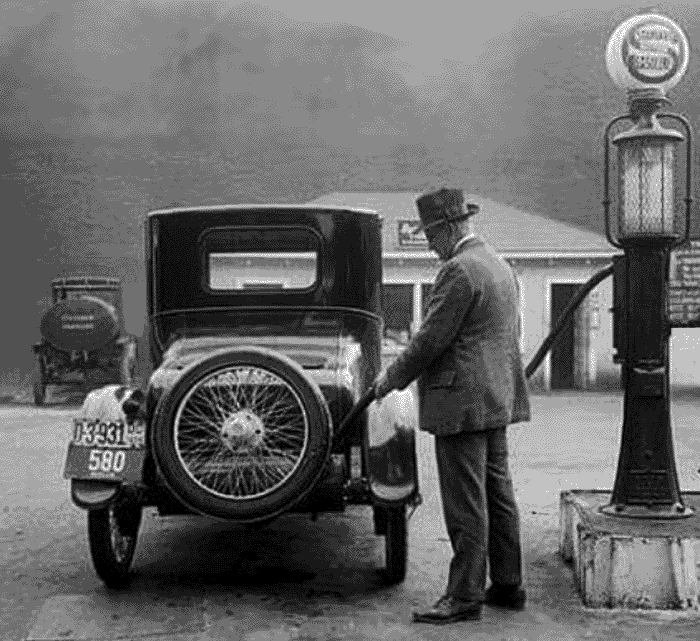
Gas Mileage Fish Stories: There are many tales about guys exaggerating about the sizes of fish they've caught. I have no experience with this since I'm not a fisherman. However, I have encountered the automotive equivalent of "It was this big!" on numerous occasions. I'm talking about gas mileage, of course.
 Recently, my car buddy Ray called and asked what kind of mileage I used to get from my air-cooled VW Beetles. I had to rely on my memory (I've owned three Bugs but sold my last one in 1995) but I replied, "The worst I ever got was city driving using Rocket Gas (a cheap off-brand, in case you haven't guessed) - 23 mpg. It was lousy gas but was only 22.9¢/gallon in 1964. The best, I recall, was in light traffic at 55-60 mph on a long trip - 32 mpg." "Me, too!" he exclaimed. "My Beetle pulled the same numbers. But, I met someone at a party last week and he claimed that his Beetle always delivered at least 42 mpg." Recently, my car buddy Ray called and asked what kind of mileage I used to get from my air-cooled VW Beetles. I had to rely on my memory (I've owned three Bugs but sold my last one in 1995) but I replied, "The worst I ever got was city driving using Rocket Gas (a cheap off-brand, in case you haven't guessed) - 23 mpg. It was lousy gas but was only 22.9¢/gallon in 1964. The best, I recall, was in light traffic at 55-60 mph on a long trip - 32 mpg." "Me, too!" he exclaimed. "My Beetle pulled the same numbers. But, I met someone at a party last week and he claimed that his Beetle always delivered at least 42 mpg."
This led to a general discussion of the BS artists we've met who brag about gas mileage, quoting unbelievable numbers. I once met a guy who claimed that he regularly got 28 mpg in his Lincoln Mark VIII, tankful after tankful. Now the Mark VIII has basically the same engine that my wife's '96 Continental had. The best tank mileage we ever got was 24 mpg on a long, all Interstate trip. Typical mileage was in the 18-22 mpg range, depending on the type of driving and time of the year. The EPA-mandated 'winter mix' fuel typically dropped the Connie's mileage by 1-3 mpg. That was true for my 1996 Jaguar as well.
The six-cylinder Jaguar typically got 17-21 mpg in mixed driving. On an all-highway trip, it has achieved 22.5 mpg. My wife's 2005 Toyota Avalon has averaged slightly over 23 mpg since we purchased it. On long Interstate trips, it will pull 28. (In our household, gas mileage is calculated and recorded in the car's logbook every time the tank is filled - we've been doing this for 40 years. We do not rely on the numbers calculated by the car's trip computer. My experience is that the computers are always optimistic.)
The 'official' EPA city/highway mpg estimates for the aforementioned cars are: Mark VIII - 18/26; Continental - 17/25, Jaguar - 17/23, Avalon - 22/31. My 25+ years of exposure to EPA data demonstrate that cars I drive do better than the 'city' figures on average but never as well as the 'highway' numbers.
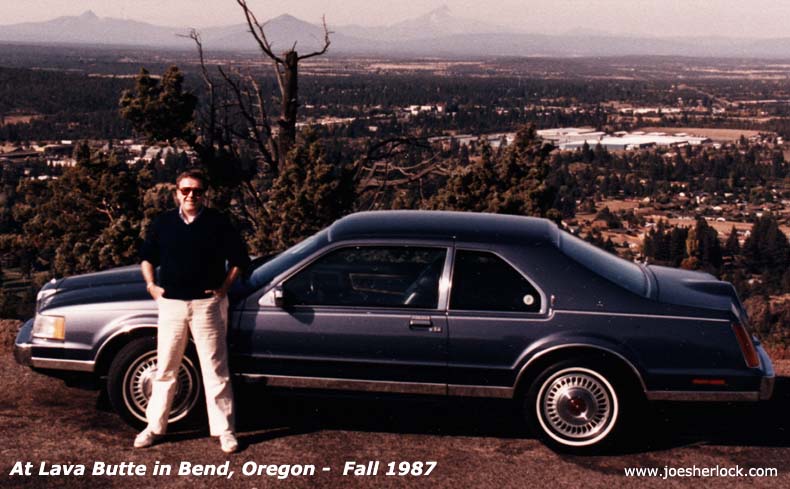
My 1984 Lincoln Mark VII coupe had a trip computer which reported "instant mileage" and went up to three digits (the Jag's instant mileage display topped out at 99 mpg). On a long steep downhill I-5 stretch just south of the Oregon border, I once experienced a 156 mpg reading. And that's no fish story! (posted 11/5/18, permalink)
Diesel Is The Esperanto Of Fuels: Some things look great on paper but, despite the overwhelming logic of arguments in their favor, never seem to become mainstream.
Consider Esperanto - the 'universal language,' developed in 1887 to "foster peace and international understanding".

Like diesel fuel, Esperanto has its enthusiasts ... (more >>>)
The Decline Of Gas Stations: You've probably noticed that there are far fewer gas stations than there used to be. They were once called service stations but today most of them offer little or no service - you pump your own gas (except in Oregon and New Jersey), clean your own windshield, check your oil yourself and pump up your tires, if needed.
These days, most gas stations have a convenience store where the wash and repair bays used to be. Until the late 1970s, auto repair was a good sideline for station owners. Cars needed frequent oil changes, chassis lubrication and engine tune-ups. Fixing flat tires was a brisk and steady trade until the advent of self-sealing tubeless tires. Many service stations also sold tires (as well as radiator hoses, fan belts and batteries) and some could even arrange for an engine or transmission rebuild through an affiliated local firm. Attendants and mechanics looked official with brand-centric work uniforms and caps - some were military-style.
Today's gas stations are of a similar generic design, with distinctive bright coloring to indicate the brand of fuel sold. In the 20th Century, starting in the 1930s through the 1960s, stations used eye-catching architecture to differentiate themselves from competitors. Some were shaped like teapots or jugs (there was a jug-shaped station which still dispensed fuel in 1980s Junction City, Oregon), and later some with tall lighted towers constructed of glass block.
|
|
This Tudor revival style gas station is similar to Joe's Flying A gas, which used to be at the corner of Castor and Adams Avenues in the Frankford/Northwood Park section of Philadelphia. I worked there as a teenager, pumping gas and washing cars.
|
Called programmatic architecture, these stations assumed the fanciful shape of animals, apples, tea kettles, tepees, windmills, castles, icebergs, and airplanes. Appealing to the curiosity of passing motorists, programmatic stations were inspired by local culture, distinctive local materials, or the whim of the owner.
More on the architectural evolution of gas stations can be found here.
|
|
Pyramid Atlantic Refining Company gas station, completed in 1964, was located in Bala Cynwyd, a Philadelphia suburb. The unique eye-catching design was created by noted Philadelphia architect Vincent G. Kling.
|
Prior to World War II, most stations used spot-lit porcelain-enamel-coated metal signs or neon ones. By the 1950s, internally-illuminated Plexiglas signs with 3-D lettering and/or logos replaced them. These internally-illuminated signs were brighter, more evenly lit and cheaper to maintain.
The number of gasoline retailers peaked in the 1950s and '60s. They've been declining ever since. In the U.S., there were 287,000 service stations in 1972. By 1976, the number had slipped to 250,000. Between 1994 and 2013, the number of retail fueling sites in the U.S. fell from 202,800 to 152,995 - a 25% decline. In 2020, the number of operating stations fell to just 115,000 - a drop of over 60% from the heyday of filling stations.
With advancements in technology - vehicles now need fewer repairs and service - and less demand for conventional fuel (better gas mileage plus the increase in all-electric vehicles), America's gas stations are sadly being left behind and abandoned. Regarding the state of today's gas stations, Don Surber quipped, "But of course, they are not gas stations but rather stores that sell gasoline. That's the hook. The markup on gasoline is negligible, but people will pay $5 for a nickel's worth of coffee drowned in sugar and cream."
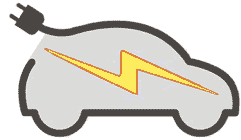
Shell recently announced that it plans to install fast-chargers for BEVs at its stations. (posted 3/15/21, permalink)
When Gas Was Cheap: Check out these early 1960s prices:
More about Sunoco gas can be found here. (posted 5/14/21, permalink)
'Gas' by Edward Hopper, 1940:
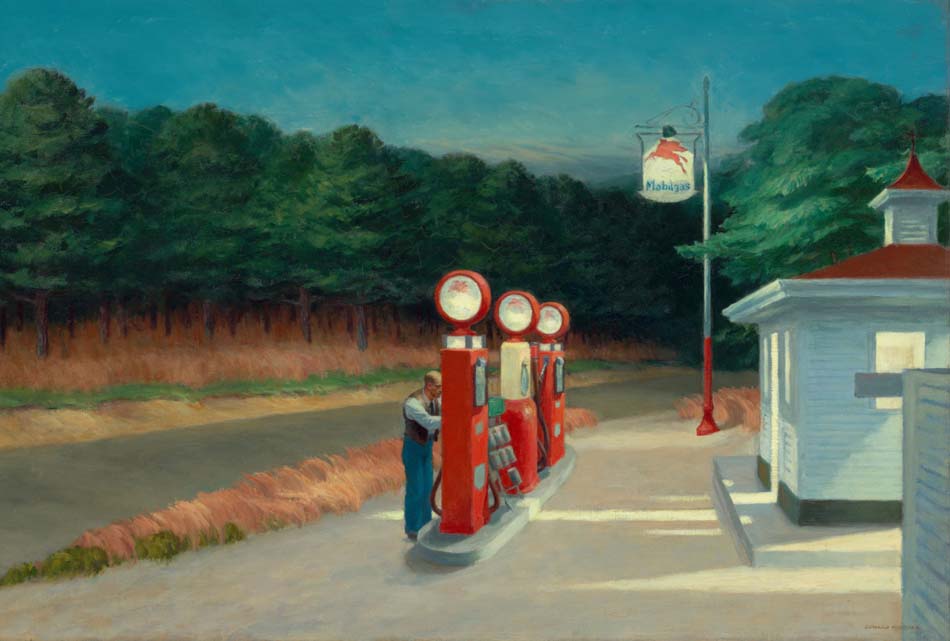
The original oil on canvas painting is on display at the Museum of Modern Art in New York City. "This work resulted from a composite representation of several gasoline stations seen by the artist. The light in this painting - both natural and artificial - gives the scene of a gas station and its lone attendant at dusk an underlying sense of drama. This work is considered an example of Social Realism style."
"Hopper's painting represents a borderline situation. It is set at the frontier between day and night, between civilization and nature. The gas station has the appearance of a last outpost, where the human realm gives way, across the road, to the anonymous realm of nature. The edge of the woods rises like a dark wall in which no individual tree can be discerned."
While American artist Edward Hopper (1882 – 1967) is widely known for his oil paintings, he was equally proficient as a watercolorist and printmaker in etching. Hopper is famous for his 1942 now-iconic painting 'Nighthawks' that portrays people sitting in a downtown diner late at night. (posted 8/18/21, permalink)
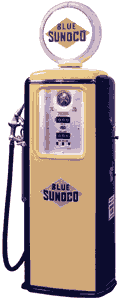 Gas History: I've owned my 1939 Plymouth coupe since 1994. The anal-retentive engineer in me keeps a record of all fuel purchases in a spiral notebook. (I have one in each car.) Gas History: I've owned my 1939 Plymouth coupe since 1994. The anal-retentive engineer in me keeps a record of all fuel purchases in a spiral notebook. (I have one in each car.)
Here's what I paid for Premium - usually Chevron Techron Supreme from the local Chevron station in Battle Ground, WA - in September of each year for my Plymouth:
| 1994 - $1.259 |
2002 - $1.639 |
2010 - $3.239 |
2018 - $3.769 |
| 1995 - $1.179 |
2003 - $1.939 |
2011 - $4.109 |
2019 - $3.469 |
| 1996 - $1.399 |
2004 - $2.099 |
2012 - $4.339 |
2020 - $3.089 |
| 1997 - $1.399 |
2005 - $2.999 |
2013 - $4.009 |
2021 - $4.139 |
| 1998 - $1.35 |
2006 - $3.099 |
2014 - $4.189 |
|
| 1999 - $1.669 |
2007 - $3.179 |
2015 - $2.949 |
|
| 2000 - $1.839 |
2008 - $4.019 |
2016 - $2.979 |
|
| 2001 - $1.759 |
2009 - $3.189 |
2017 - $3.599 |
|
Note how gasoline prices fluctuate greatly over time. It is a supply-and-demand issue - typical for a commodity - but it seems that the more oil we produce within the U.S. to satisfy demand, the lower the pump price. (posted 9/13/21, permalink)
Other Pages Of Interest
| blog: 'The View Through The Windshield' |
| greatest hits: index of essays & articles | blog archives | '39 Plymouth |
| model train layout | about me | about the blog | e-mail |
copyright 2018-21 - Joseph M. Sherlock - All applicable rights reserved
Disclaimer
The facts presented on this website are based on my best guesses and my substantially faulty geezer memory. The opinions expressed herein are strictly those of the author and are protected by the U.S. Constitution. Probably.
If I have slandered any brands of automobiles, either expressly or inadvertently, they're most likely crap cars and deserve it. Automobile manufacturers should be aware that they always have the option of trying to change my mind by providing me with vehicles to test drive. I'll dutifully report my road test impressions on this car blog.
If I have slandered any people or corporations, either expressly or inadvertently, they should buy me strong drinks (and an expensive meal) and try to prove to me that they're not the jerks I've portrayed them to be. If you're buying, I'm willing to listen.
|